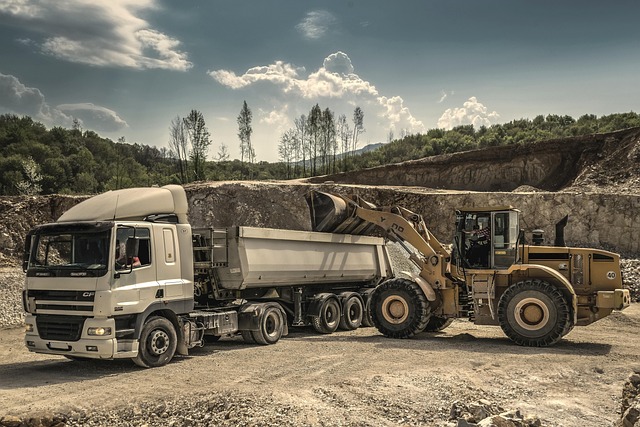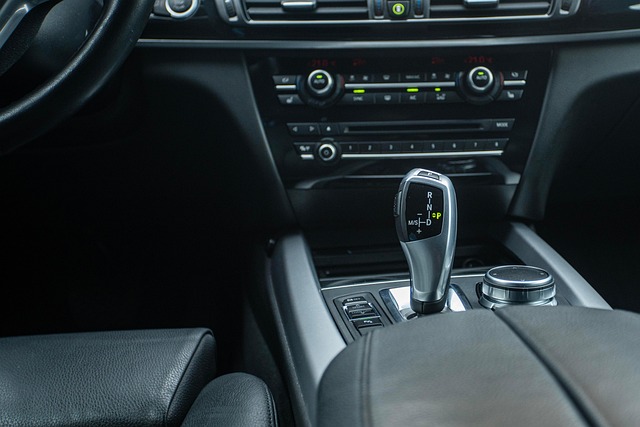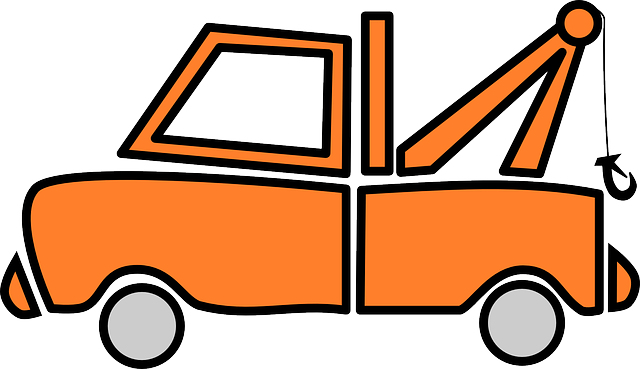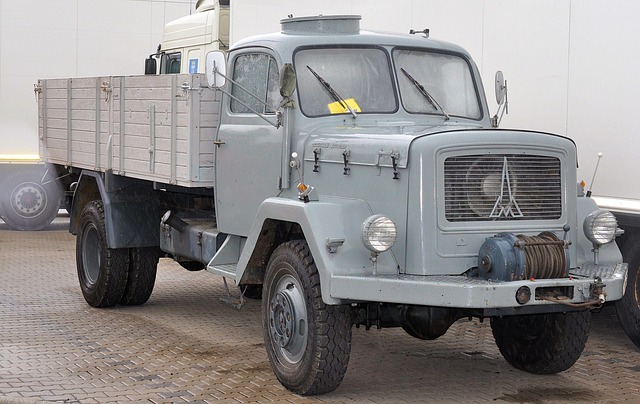Looking to register your car in California? This comprehensive guide walks you through every step, from understanding eligibility requirements for car registration to passing the essential DMV VIN verification. By gathering the necessary documents and completing the application process at a California DMV office, you’ll be on your way to finalization with a new license plate.
- Understand Eligibility Requirements for Car Registration in California
- Gather Necessary Documents for DMV VIN Verification
- Complete the Application Process at a California DMV Office
- Pass Inspection and Address Any Issues with Your Vehicle
- Finalize Registration and Obtain Your California License Plate
Understand Eligibility Requirements for Car Registration in California

Before you can register your car in California, it’s crucial to understand if you meet the eligibility requirements. To start, your vehicle must be legally imported and compliant with state safety and emissions standards. Additionally, all vehicles in California require a DMV (Department of Motor Vehicles) vin verification process, which involves checking the vehicle’s history and ensuring its identification number (VIN) matches the records. This is where a mobile VIN verifier or inspection service can come in handy, allowing you to complete this step conveniently without visiting a DMV office.
The state also mandates that your car have valid insurance coverage before registration. It’s essential to have all necessary documents ready, including proof of ownership, previous registration (if applicable), and current vehicle inspection results. By meeting these criteria, you’ll be well on your way to successfully registering your car in California using a streamlined process with potential time-saving benefits from mobile VIN verification services.
Gather Necessary Documents for DMV VIN Verification
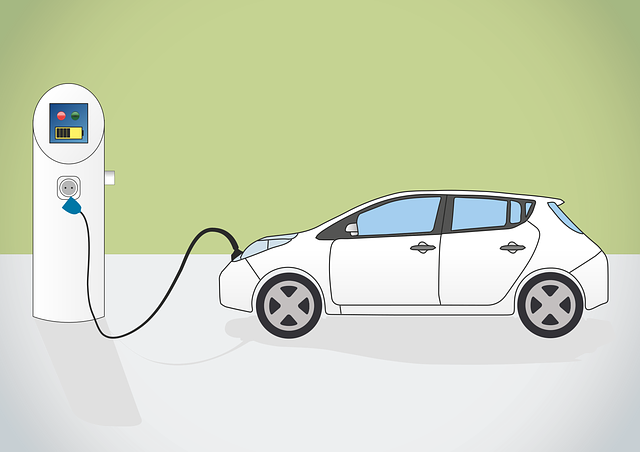
To register your car in California, preparing for the DMV VIN verification process is crucial. For this step, you’ll need to gather several essential documents that prove ownership and vehicle identity. One key requirement is the Vehicle Identification Number (VIN) inspection, which can be completed through a mobile vin inspection or at a DMV office. This involves verifying the VIN on the car’s registration certificate matches the one engraved on the vehicle’s chassis.
Additionally, you’ll need to provide proof of insurance, a valid driver’s license, and perhaps even previous registration records. It’s recommended to check the California DMV website for an up-to-date list of required documents specific to your vehicle type. Having these prepared beforehand will help ensure a smooth and efficient process during your visit to the DMV or when conducting a mobile vin verification.
Complete the Application Process at a California DMV Office
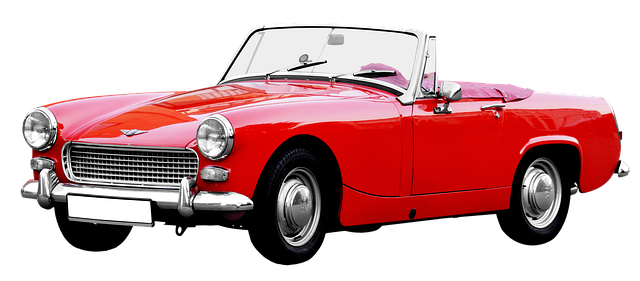
To complete the car registration process in California, you’ll need to visit a local DMV office. This is where you’ll submit all necessary documents and applications. Before heading in, ensure you’ve gathered your vehicle’s important papers, including its certificate of title (if applicable), proof of insurance, and current registration (if coming from another state). A mobile vin verifier can assist with the initial steps by providing quick and accurate dmv vin verification, ensuring all details match.
Once at the DMV, look for the specific counter or section dedicated to vehicle registration. An agent will guide you through the process, which includes filling out Form DV-140 (Application for Title and Registration). Here, you’ll provide information about your car, including its make, model, year, and unique vehicle identification number (VIN). The agent may also conduct a mobile vin inspection to cross-reference these details, making sure the vehicle matches the documentation.
Pass Inspection and Address Any Issues with Your Vehicle
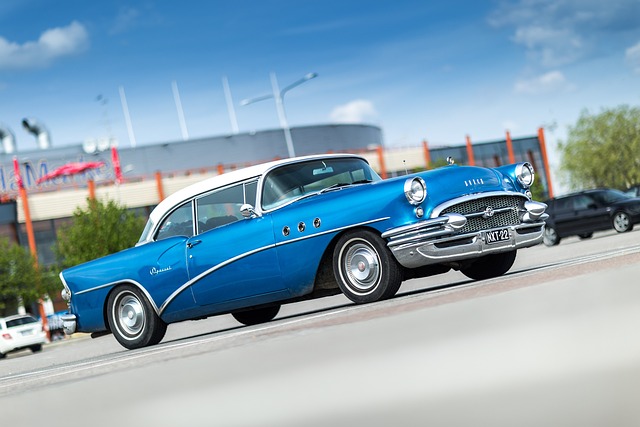
Before you can register your car in California, it’s crucial to ensure that your vehicle passes the state’s emission and safety standards. The California Department of Motor Vehicles (DMV) conducts a thorough inspection process, which includes a VIN (Vehicle Identification Number) verification. This step is designed to prevent the registration of stolen or illegally modified vehicles. During the inspection, they’ll check for any outstanding issues with your car’s emissions system, lights, tires, and overall safety features.
Addressing these concerns promptly is essential to avoid delays in the registration process. If any issues are found during the DMV vin inspection, whether it’s a required repair or a simple adjustment, make sure to take care of them immediately. You can even consider utilizing mobile vin inspection services that provide on-site assessments and repairs, offering a convenient solution for quick fixes before heading to the DMV.
Finalize Registration and Obtain Your California License Plate

After completing the registration process online or at a DMV office, the next step is to finalize your California vehicle registration and obtain your license plate. This involves a crucial element known as DMV VIN verification, where the unique Vehicle Identification Number (VIN) of your car is cross-referenced against the state’s database to ensure it matches the reported information and meets all legal requirements. Once this inspection is successfully completed, you can proceed with the physical attachment of your California license plate.
Ensure that you have all necessary documents, including proof of insurance, before attempting a mobile VIN verification service, which allows for convenience by allowing this process to be done from anywhere, at any time. This alternative method uses specialized tools to conduct a vin inspection remotely, streamlining the experience and saving you a trip to a DMV office. Remember that maintaining accurate records and adhering to California’s registration guidelines is key to avoiding future issues and ensuring your vehicle remains legally compliant on state roads.
Registering a car in California is a straightforward process, ensuring your vehicle complies with state regulations. By understanding the eligibility requirements, gathering the necessary documents for DMV VIN verification, and completing the application at a local DMV office, you can efficiently navigate the registration process. Passing inspection and addressing any vehicle issues beforehand streamlines the finalization step, allowing you to obtain your California license plate without delay. Remember, a well-prepared approach saves time and effort!
